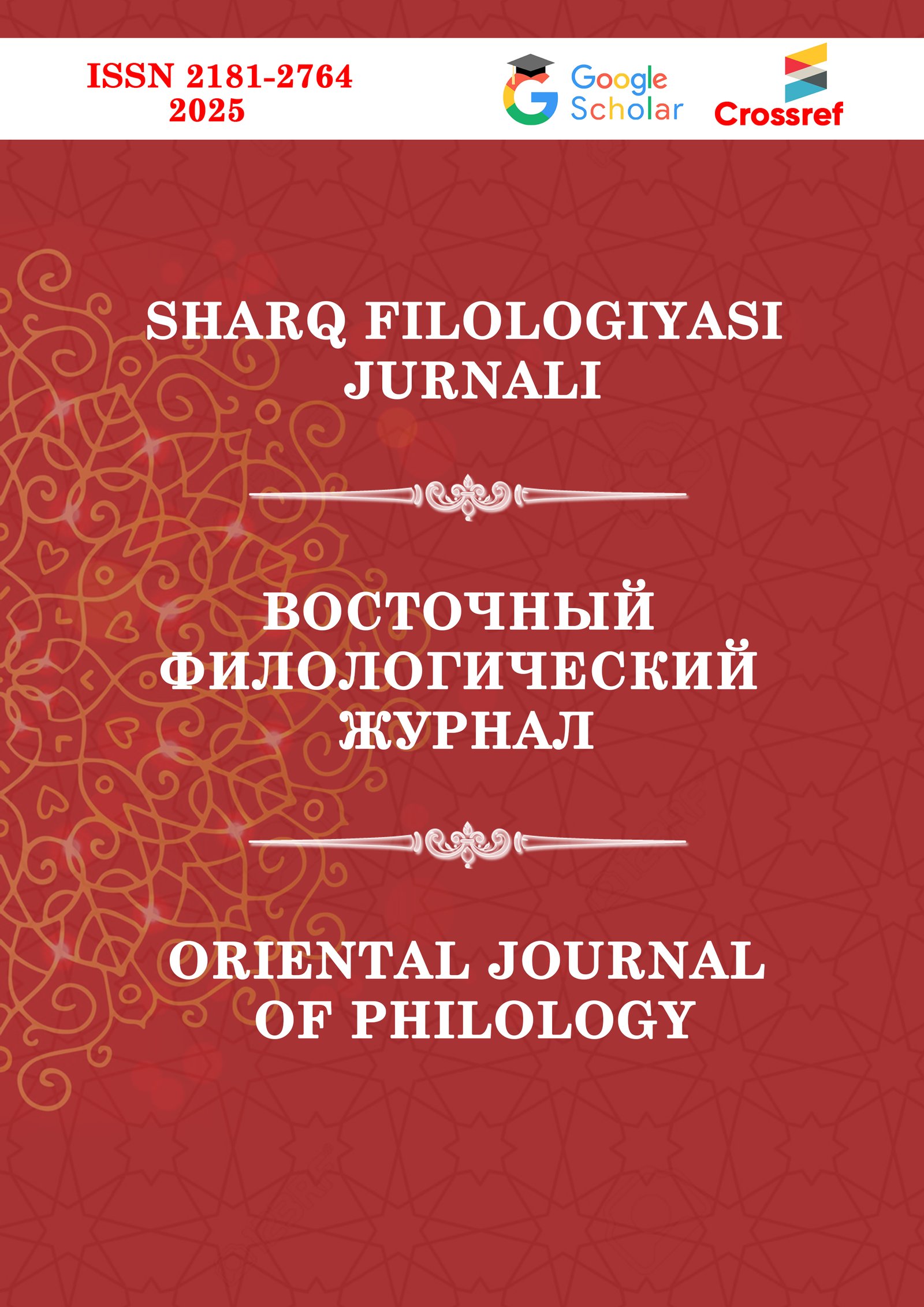 Articles
| Open Access |
DOI:
https://doi.org/10.37547/supsci-ojp-05-03-98
Articles
| Open Access |
DOI:
https://doi.org/10.37547/supsci-ojp-05-03-98
DIGITAL MEDIA AS A FACTOR OF LANGUAGE CHANGE
Hilola A. Yuldasheva , Manzurabonu A. Sidikova ,Abstract
This article explores the impact of digital mass media on Arabic, focusing on the influence of the Egyptian dialect. The spread of the Egyptian dialect through digital platforms and its effect on Modern Standard Arabic are analyzed. The novelty of this study lies in its practical and theoretical analysis of how digital media shapes linguistic changes in Arabic. Findings suggest that digital media significantly influences the emergence of new Arabic forms and lexical transformations. In conclusion, digital communication plays a key role in the evolution of Arabic.
Keywords
digital media, language change, Arabic language, Egyptian dialect, social networks, communication, internet linguistics, Modern Standard Arabic, lexical changes, media influence.
References
Al-Athwary, A. (2017). Digital media and Arabic language change: Challenges and opportunities. International Journal of Arabic Linguistics, 6(1), 21-39.
Al-Saidi, M. (2020). Digital communication and the transformation of Arabic language: A sociolinguistic perspective. Journal of Arabic Linguistics, 12(3), 45-63.
Abu-Melhim, A. (2018). The influence of social media on Arabic dialects: The case of Egyptian Arabic on YouTube and Instagram. Language and Society, 19(2), 78-95.
Badawi, E. (2016). Media and the spread of Egyptian Arabic: A study of dialect prestige and linguistic change. Arab Studies Journal, 24(1), 34-56.
Holes, C. (2019). Modern Arabic: Structures, functions, and varieties. Georgetown University Press.
Versteegh, K. (2014). The Arabic language. Edinburgh University Press.
Warschauer, M., & El Said, G. R. (2010). Language and the Internet in Egypt. Arab Media & Society, 10, 1-19.
Yaghan, M. A. (2008). Arabizi: A contemporary style of Arabic slang. Design Issues, 24(2), 39-52.
Bassiouney, R. (2009). Arabic sociolinguistics. Edinburgh University Press.
Ibrahim, M. H. (1986). Standard and prestige language: A problem in Arabic sociolinguistics. Anthropological Linguistics, 28(1), 115-126.
Al-Khatib, M. A., & Sabbah, E. (2008). Language change and variation in Jordanian Arabic in internet chatting. Sky Journal of Linguistics, 21, 15-38.
Al-Tamimi, M. (2019). The Sociolinguistic Impact of Arabizi on Arabic Language Use among Youth in the Arab World. Journal of Arabic Linguistics Studies, 15(2), 102-135.
Khilola A. Yuldasheva. (2024). EXPLORING THE IDEAS OF IDENTITY IN ARABIC LITERATURE: THE INTERPLAY OF TRADITION AND TRANSFORMATION. International Scientific and Current Research Conferences, 1(01), 137–141. Retrieved from https://orientalpublication.com/index.php/iscrc/article/view/1546
Khilola A. Yuldasheva, . (2023). THE IDEOLOGICAL ROLE OF THE ARABIC LANGUAGE IN FORMING NATIONAL IDENTITY. European International Journal of Philological Sciences, 3(10), 14–18. Retrieved from https://inlibrary.uz/index.php/eijps/article/view/25630
Khilola A. Yuldasheva. (2024). EXPLORING THE IDEAS OF IDENTITY IN ARABIC LITERATURE: THE INTERPLAY OF TRADITION AND TRANSFORMATION. International Scientific and Current Research Conferences, 1(01), 137–141. Retrieved from https://miastoprzyszlosci.com.pl/index.php/mp/issue/view/37
Khilola A. Yuldasheva, . (2023). THE IDEOLOGICAL ROLE OF THE ARABIC LANGUAGE IN FORMING NATIONAL IDENTITY. European International Journal of Philological Sciences, 3(10), 14–18. Retrieved from. https://miastoprzyszlosci.com.pl/index.php/mp/issue/view/37
Article Statistics
Downloads
Copyright License
Copyright (c) 2025 Hilola A. Yuldasheva, Manzurabonu A. Sidikova

This work is licensed under a Creative Commons Attribution 4.0 International License.

